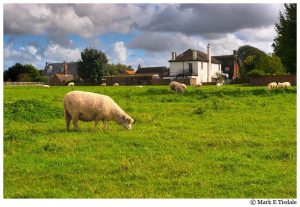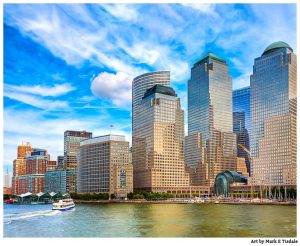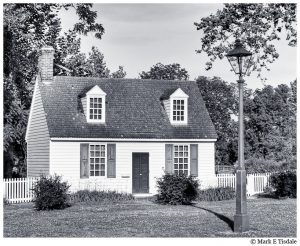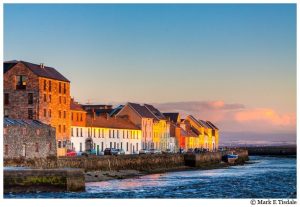Mérida – Yucatan Capital Photos
Mérida is the capital city of the Mexican state of the Yucatan. The Spanish founded it in 1542 on the foundations of an older Maya City, T’ho. Because Mérida’s foundations were laid on an older city, it is said to be one of the oldest continually occupied sites in the Americas and its centro historico (Historic district) is among the largest. Mérida has architecture stretching from it’s Spanish Colonial foundations to today. Because of the hot temperatures (at least in the summer), the city tends to close down in the afternoon and re-open as the sun goes down. I never did figure out when they close back down again! Even the local car rental place I used one day while I was there closed in the afternoon and re-opened in the evening.
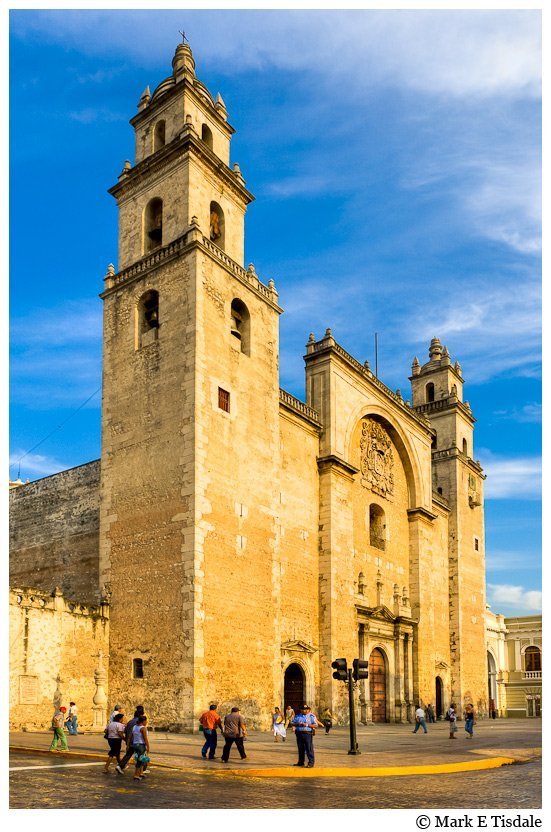
The Cathedral in Mérida may not be the largest or grandest on the earth, but I’ve read in various sources that it is the oldest on the mainland of the Americas. Whether or not it’s the oldest cathedral, its construction in a way makes it far older than one might think. The Cathedral was built between 1561 and 1598, using readily available stone. The Spanish pulled down the temples the native Maya had built and used it in this cathedral. This photo was taken on my first visit in the late afternoon as the city was just waking up again. The warm glow is from the sun hanging low in the west. Since my first visit, the cathedral was nicely renovated, but some of the charm you see here is absent now. Gone are the peddlers you see here set up in front of the cathedral. This makes this photo more special to me, seeing it as it was.
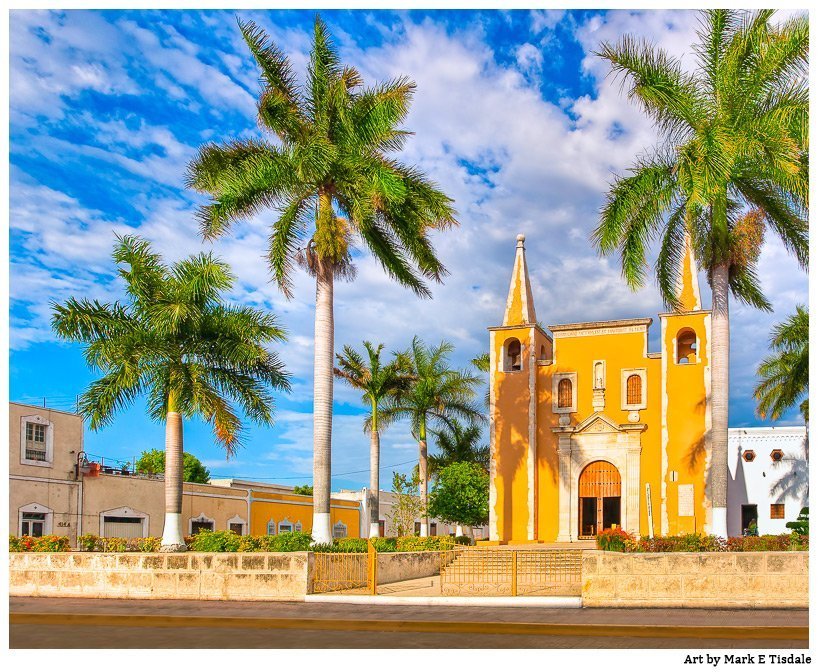
As in most cities, Mérida is a collection of neighborhoods or barrios. In Mérida, the neighborhoods are based on the churches in the heart of each barrio. This one pictured here is probably among the older ones and it’s believed it was built on the platform of a Maya temple. Iglesia de Santa Ana was originally built in the 1500s to serve indigenous Maya and mulattoes. The church was reconstructed in the 1700’s and in the 1800’s, the nearby Paseo de Montejo, a wide Parisian style boulevard was built and this barrio became the address to have. The people who lived in the area were eventually pushed into other parts of the city. While the area may have become more posh, the old architecture remains as does this beautiful if eclectic church (observe the pyramids on the towers and the beautiful yellow color).
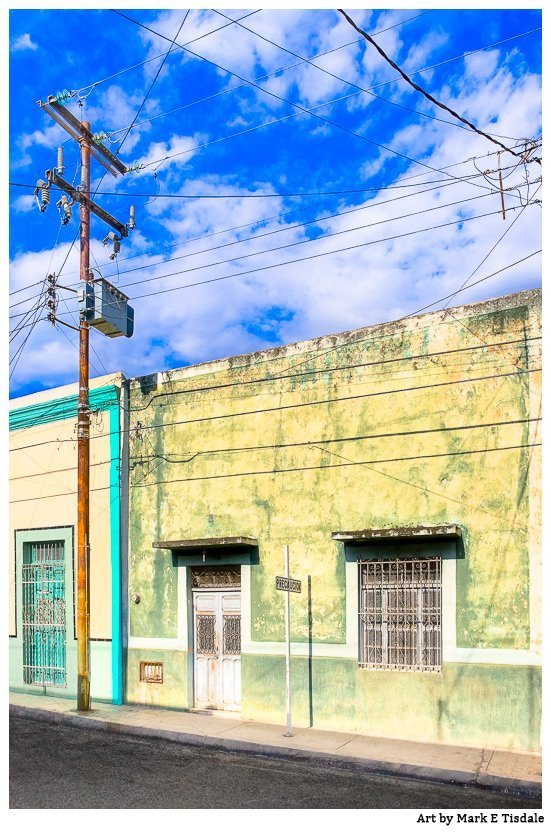
This photo is the epitome of Mexico (in my mind anyway). These are the sort of gorgeous colors and crusty textures that just call for pictures. No matter how much you upkeep things in this part of the world, nature is constantly fighting you. Anywhere else, I would fight heaven and earth to eave out the power lines, but here in Mexico, they are such a huge part of the landscape it’s hard to imagine a photo without them (despite the fact that they obviously weren’t there when these buildings were new). It may look a little rough here, but I hope the warm light betrays how warm and friendly Mérida really is.

One of the things that impressed me about Mérida was the civic pride I encountered in all the locals I encountered. Invariably they wanted to know what I thought of their city and always grinned when when I said I loved it. In general the city is clean, particularly the historic center. I was amazed at the variety of architecture they’ve managed to preserve over the years from colonial buildings to the great art deco theater seen in this photo. While I don’t know any of the history of this theater, the sign I saw seemed to imply Teatro Mérida was owned by the local government. There were plenty of notices of cultural events taking place here. On my last night in town, I managed to catch this shot of it with the marquee and neon lights accenting the architecture. This was special both because it was a great photo to remember my last night and I really have a soft spot both for grand old movie palaces and art deco architecture!
If you enjoyed these scenes from Mérida please be sure to check out my Mexico print gallery for more:



